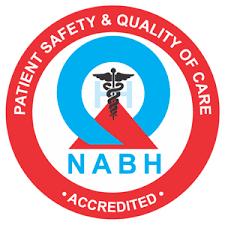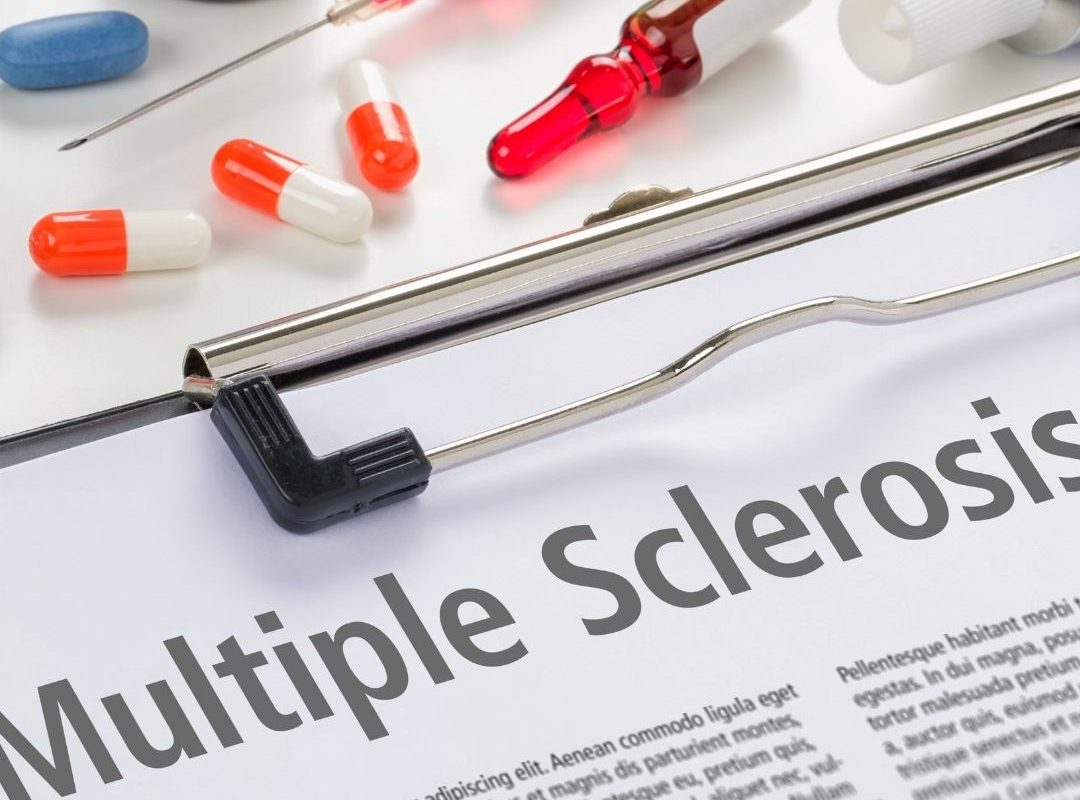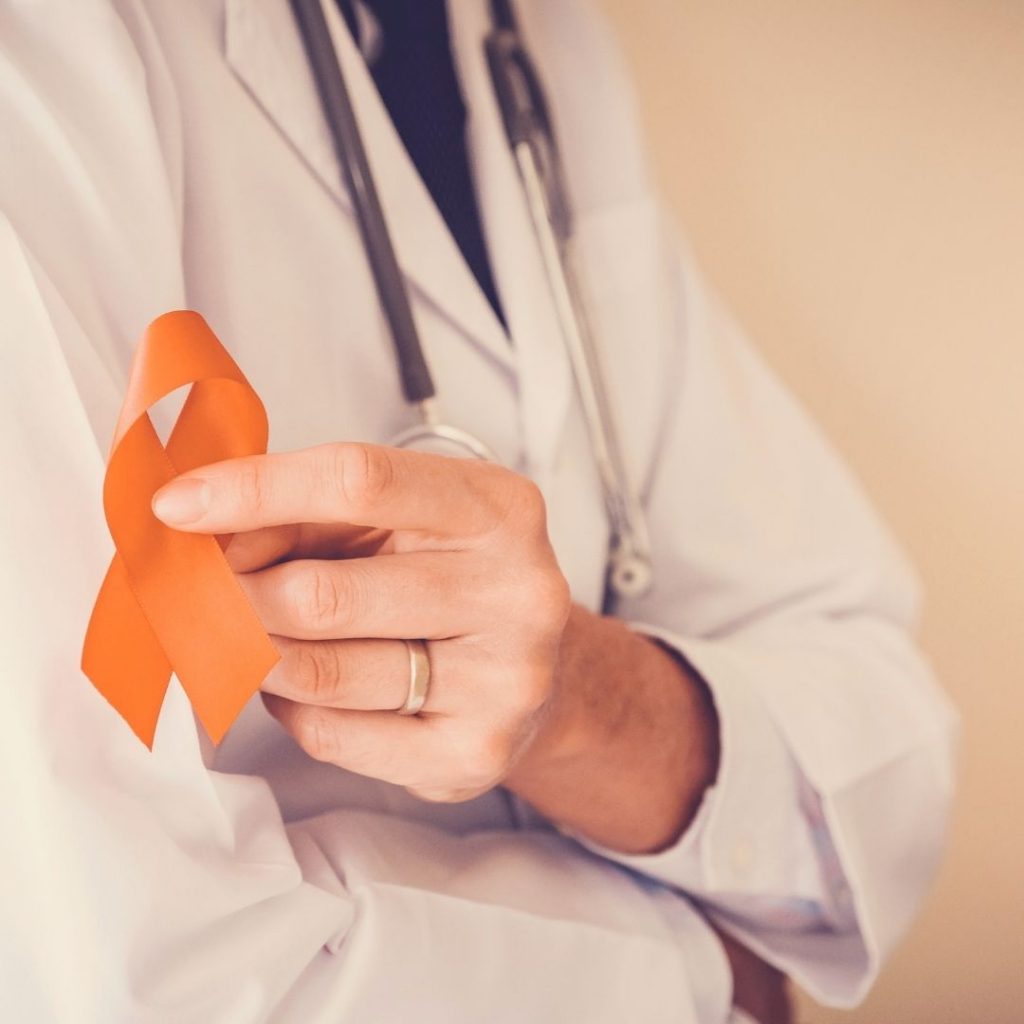Bipolar Disorder refers to a mental condition in which the patient suffers from extreme shifts in mood. The symptoms may vary from person to person, including a significantly elevated mood known as mania.
They can also entail an episode of severe depression. Bipolar disorder is also popularly known as manic depression or bipolar disease across the globe.
There is no absolute cure for a bipolar patient. These individuals may feel uncomfortable living their lives, doing daily chores and tasks, and maintaining healthy relationships. However, the symptoms of this disease could be managed by certain medications and treatments.

BIPOLAR DISORDER TRIVIA
A surprising fact about bipolar disorder is that nearly 2.8% of U.S. adults, i.e., around 5 million people, suffer from this disease. Yes, you heard it right. This is not a rare phenomenon. However, the symptoms might start showing after the person has turned 25.
Mood swings may differ for every individual. For some people, depression caused by bipolar disorder could last two weeks. The mania episode could last from several days to weeks too.
Some individuals find a rare occurrence of any bipolar attack in their lives, forex, one or two times a year. In contrast, some may find it a large part of their daily lives.
TYPES
Bipolar disease is broadly bifurcated into three types-:
- Bipolar I
- Bipolar II
- Cyclothymia
BIPOLAR I
This type of disorder affects men and women equally. Bipolar I is defined as the occurrence of at least one manic episode. The patient may feel hyper or depressed before or after one manic episode.
BIPOLAR II
People with Bipolar disorder type II experience a significant episode of depression that lasts for at least two weeks. These patients may also feel a significant hypomanic episode that could last for four days. However, this type of bipolar disorder can usually be seen in women.
CYCLOTHYMIA
Individuals suffering from cyclothymia have an episode of both hypomania and depression. However, the symptoms are shorter and mild than the mania and depression in Bipolar I and Bipolar II. Patients of this disease may only find a couple of months that are stable.
While discussing your symptoms with your doctor, he would tell you what kind of bipolar disorder you might have.
BIPOLAR DISORDER SYMPTOMS
During the episodes of bipolar disease, the patients may fall prey to 3 types of symptoms; mania, hypomania, and depression.
Individuals suffering from mania may go through an emotional high. They can feel highly excited, euphoric, or full of energy. While experiencing mania, people can indulge in activities like-:
- Substance abuse
- Unprotected sex
- Spending splurge
Hypomania is related to type II bipolar disorder. Although this is a lot like mania, the severity is a lot less. People suffering from hypomania can go around doing their routine tasks but may feel a slight change in their mood.
An episode of depression can make you feel:
- Deeply sad or anxious
- Hopelessness or loss of energy
- Guilt or suicidal thoughts
BIPOLAR DISORDER IN MEN
Although bipolar disease is gender-neutral, it can happen to both men and women, but men’s symptoms can differ from what the women feel. You could tell if a man is bipolar if-:
- Early age diagnosis
- May experience more episodes than women, especially mania
- Have substance usage issues
Men with a bipolar episode are less likely to ask for help or guidance than women and are more likely to die by suicide.
BIPOLAR DISORDER IN WOMEN
Some of the symptoms that could differentiate women with bipolar disorder are-:
- Late diagnosis; maybe late 30s
- Have fewer episodes of mania and more depression
- Usually, succumb to rapid cycling, four or more episodes in a year.
- Have a higher risk of alcohol misuse
BIPOLAR DISORDER IN CHILDREN
Diagnosing bipolar symptoms in children can be tricky, especially since they don’t show typical signs like adults. Sometimes the symptoms get overlapped by other symptoms of a variety of different conditions usually faced by children.
However, in the last few years, doctors and mental health professionals have found a way to gauge the symptoms of bipolar disease in children. Usually, the diagnosis takes weeks or months, but people can manage the symptoms after some treatments and medications.
Some symptoms of mania and depression in children are-;
- Speaking too fast
- Having risky behaviors
- Insomnia
- Having trouble focusing
- Feeling sad or anxious.
- Complaining about frequent aches
- Suicidal thoughts
- Lack of appetite
CAUSES
Bipolar disorder is a common phenomenon, but it is still one mystery that doctors and researchers cannot solve. It is not yet clear why do some people develop a condition like this. But there are some probable causes of bipolar disorder. These are-:
- Genetics- if you have someone in your family with a history of bipolar disorder, you will likely develop a condition like this.
- Environmental factors- it is not just the body that is responsible for developing bipolar disorder, but external factors, such as-:
- Trauma
- Stress
- Extreme illness
- Brain deficiency- if your brain is not working correctly or has abnormalities, you will be more likely to develop a condition like this.
BIPOLAR DISORDER TREATMENT
There is no absolute cure for bipolar disease. Although your doctor would use several tests and examinations to diagnose your symptoms, such as
- Mental health examination
- Mood journal
- Physical exam
Several treatments could help you manage or curb your symptoms. Some natural remedies may also come in handy such as-:
- Medications such as mood stabilizers, antipsychotics, antidepressants, etc.
- Physiotherapy such as cognitive behavioral therapy, psychoeducation, etc.
- Other treatments may include; sleep medication, supplements, acupuncture, etc.
- Lifestyle changes
If you found out that you have been diagnosed with bipolar disorder, don’t worry. You are not alone. There are around 60 million people around the world coping with the same stress.
Educate yourself and those around you. Seek medical health and guidance. People with depression may have suicidal thoughts. You should take suicide very seriously.
Check our recent Blog post – https://www.saideephospital.com/2021/01/29/schizophrenia/
Visit here for regular Health Updates – https://www.instagram.com/saideephealthcareofficial/










